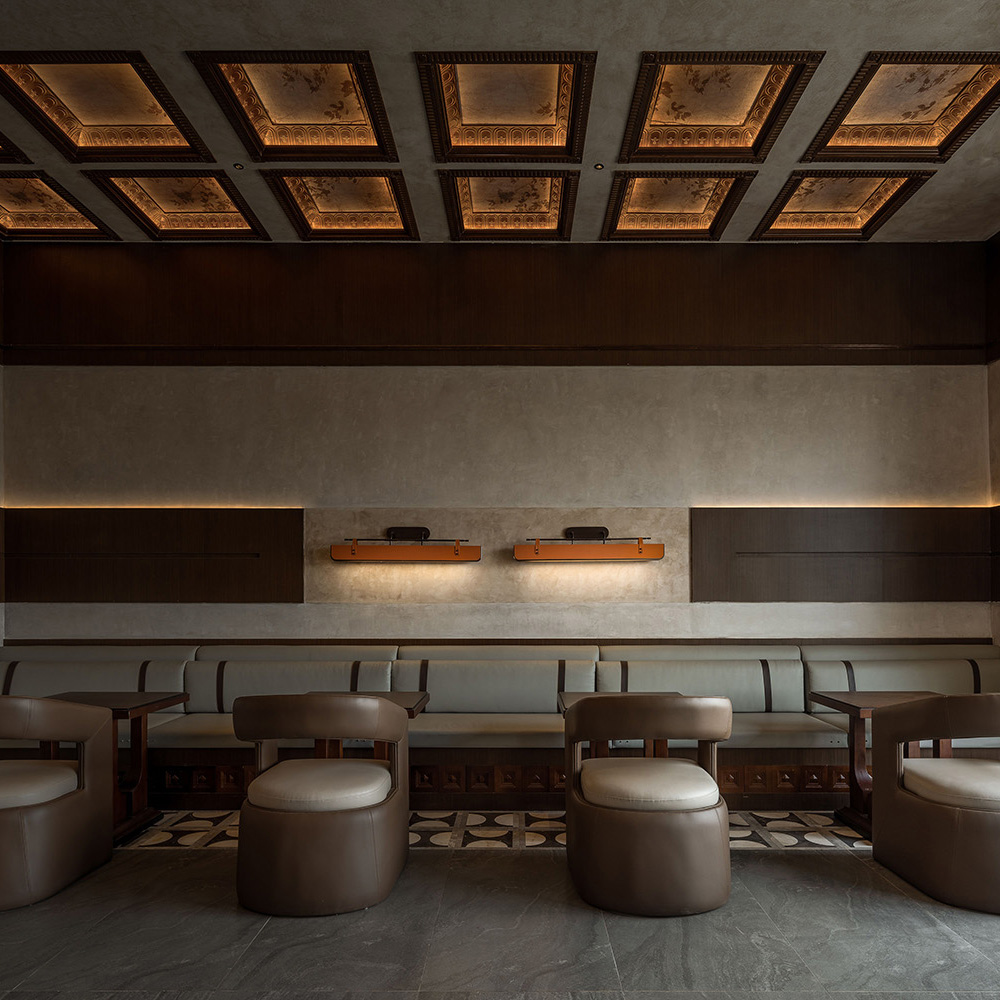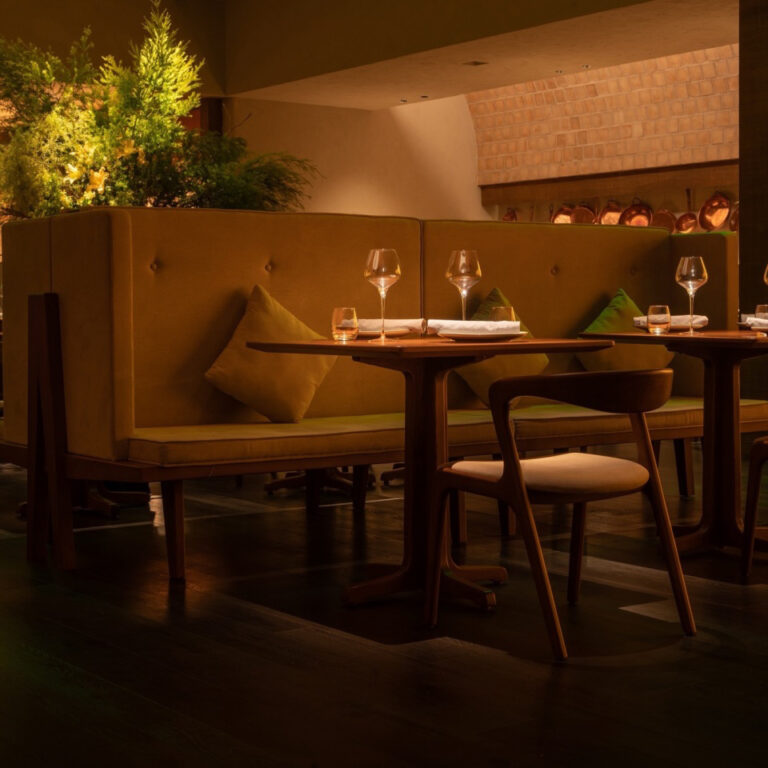
Restaurant concept design and development is a complex process and bringing together all the different aspects is one of the biggest challenges any restaurant has to overcome. The complete understanding of the conceptual design framework is crucial whether you are starting up a new operation or want to redesign your current layout.
Developing Your Concept
Developing your concept can be a long process lasting only a few weeks up to six months depending on your creative staff and your experience with similar projects. The concept development is significantly more than just arranging the restaurant chairs or contemplating the interior layout. It is ultimately what your business is going to look like when finished. Conceptualizing goes a step further. It involves a whole host of other interconnected considerations such as vision, value proposition and differentiation point, industry research and innovation, design, branding and marketing, management and culinary team, strategy, financial modelling and much more. All this composition should be brought together in perfect homogeneity and harmony. Success or failure depends on that synergy. Unfortunately, many operators underestimate or confuse the concept design with the theme and décor of their restaurant.
Setting Your Restaurant Apart
Setting your restaurant apart from the competition is all about creating a distinction between yours and other venues. Many new restaurants attempt to recreate or imitate the design or model of an already existing framework, changing only a few aspects in the process. This isn’t exactly innovative and creative. Furthermore, it doesn’t establish a competitive advantage. Competitive advantage is crucial whether it concerns the design, finance, or implementing a theoretical framework of operations. Moreover, it must be unique and impossible to mimic. A competitive advantage which is easy to imitate is not an actual advantage. The difficult part is to create a competitive factor in an industry which has seen and done everything. Developing a unique selling proposition (USP) is a difficult process which has many requirements and challenges. A good strategy is to target a specific audience which can serve as a focal point for developing the proposition. Addressing and catering to the needs of the target consumer is always a great tactic in the restaurant industry even if it means altering a few components in your business model or your market positioning strategy
Defining Your Customer
The most important part of this process is identifying and consequentially targeting a specific audience. Market insight and analysis play a great role in finding a target audience. It provides a clear, unbiased picture of what the market looks like. The most productive manner of approaching this process is to visualize the customer in-depth. Imagine them sitting on your comfortable restaurant chairs dining on your amazing restaurant tables. Who are they? How are they dressed? What do they like? What do they dislike? What appeals to them? What might captivate their attention and make them choose your restaurant? How can you make their experience better? What would be the X-factor that affects their decision? These are only a few questions to consider. It is important to focus on the consumer’s personality and their needs. Understanding them will help to develop a unique selling proposition and establish competitive advantage. Think creatively, outside of the box, be bold, and take risks. It’s a high-risk industry. You need to take risks if you want to survive.
Consistent and obvious theme
Whether you’re planning to renovate your restaurant or are in the stages of opening one, developing a concept for your design is crucial. First and foremost, you need to select a theme – fast food, casual dining, Italian, Indian etc. Your restaurant concept should then translate to its interior. This means that if your restaurant offers Chinese cuisine the décor cannot be that of a pizza place. The theme of your restaurant should also already be apparent, as soon as the customers walk in. They should be met with sights and sounds appropriate to your type of restaurant. In addition, you can assure your restaurant concept is consistent by matching the look and feel of your establishment with your branding. Your customers will always notice the small details so ensure that your interior, packaging, menu, advertisements, website, and even the exterior blend well together.
Comfortable Interior
Besides, showcasing your concept and brand, your interior design should also prioritize the comfort of your customers. The dining area must be able to accommodate guests comfortably without leaving them feeling crowded. It must also allow the restaurant staff to roam around the tables and kitchen freely and without any accidents.
Dividing your venue into strategic areas can provide your guests a certain level of privacy (and make them feel more comfortable) while they are eating. Even a simple private room for parties will give you an increase in income since you will find people booking the area for family reunions, business meetings, etc.
There are a number of different steps involved in the design of a standalone restaurant, and your concept will drive most of them. Having a clear idea and a strong foundation to build upon, will guide you through the design process with greater ease and encounter fewer hurdles in the future. It is critical to get this aspect right and set in stone before you head onto the architectural outlay and construction business.





